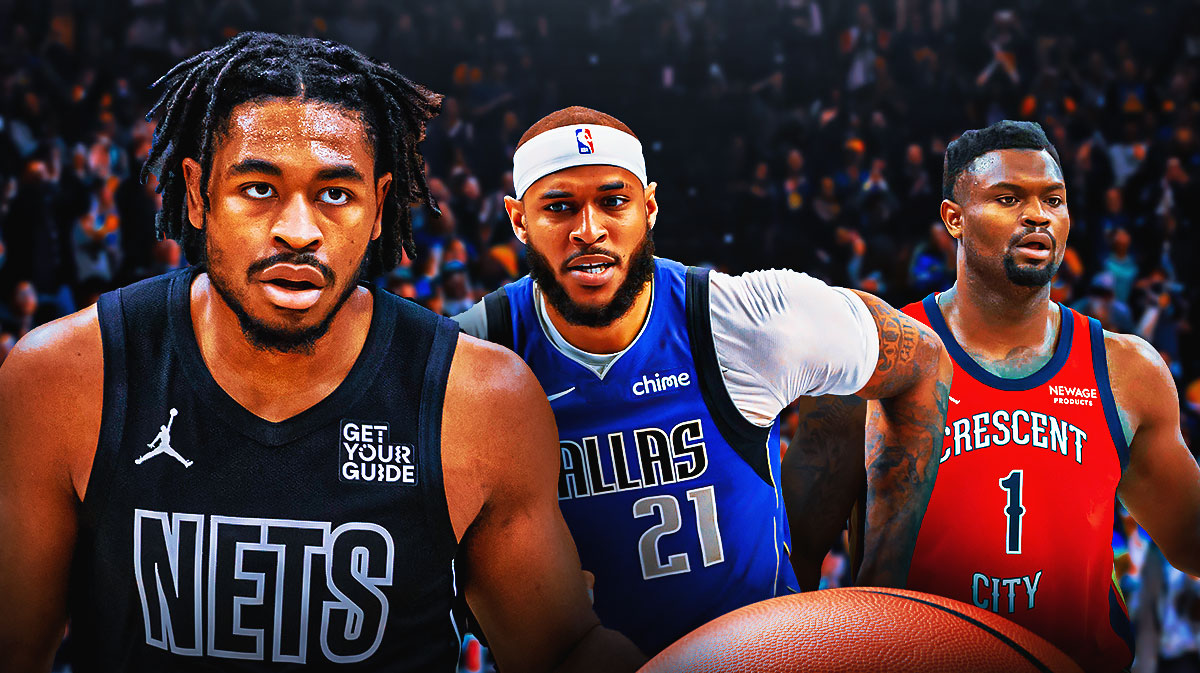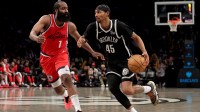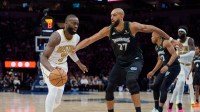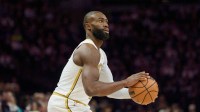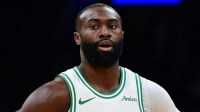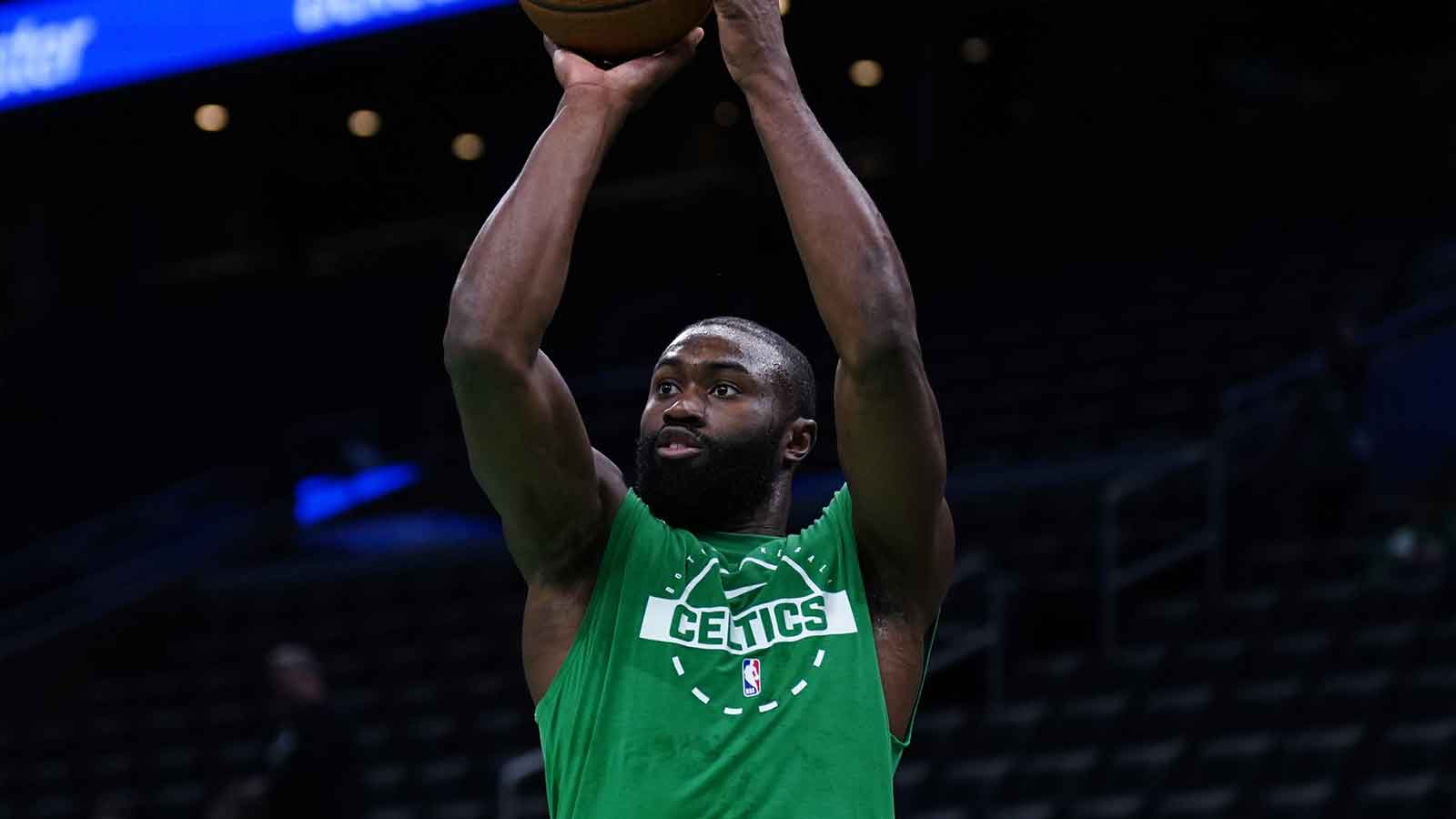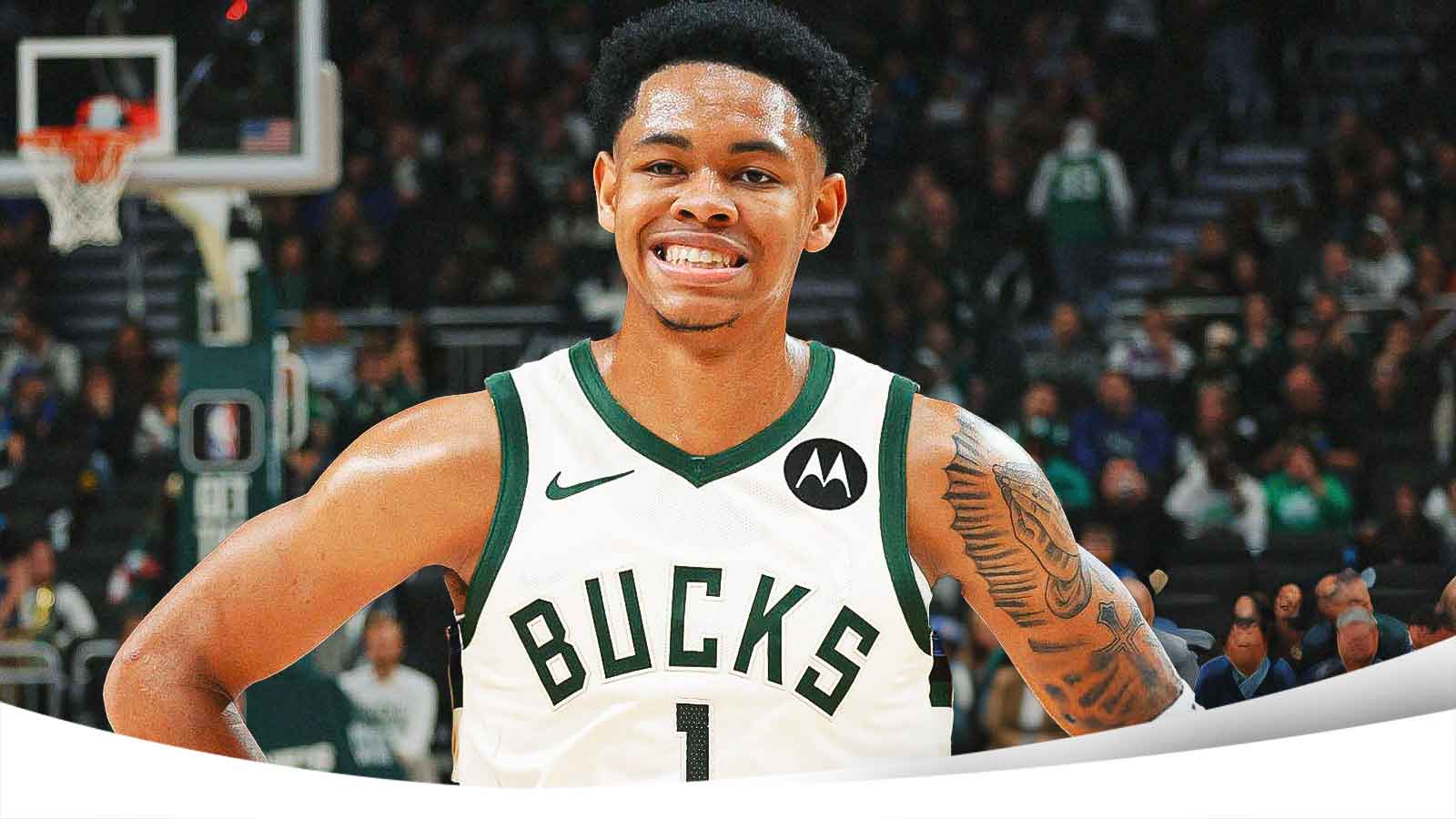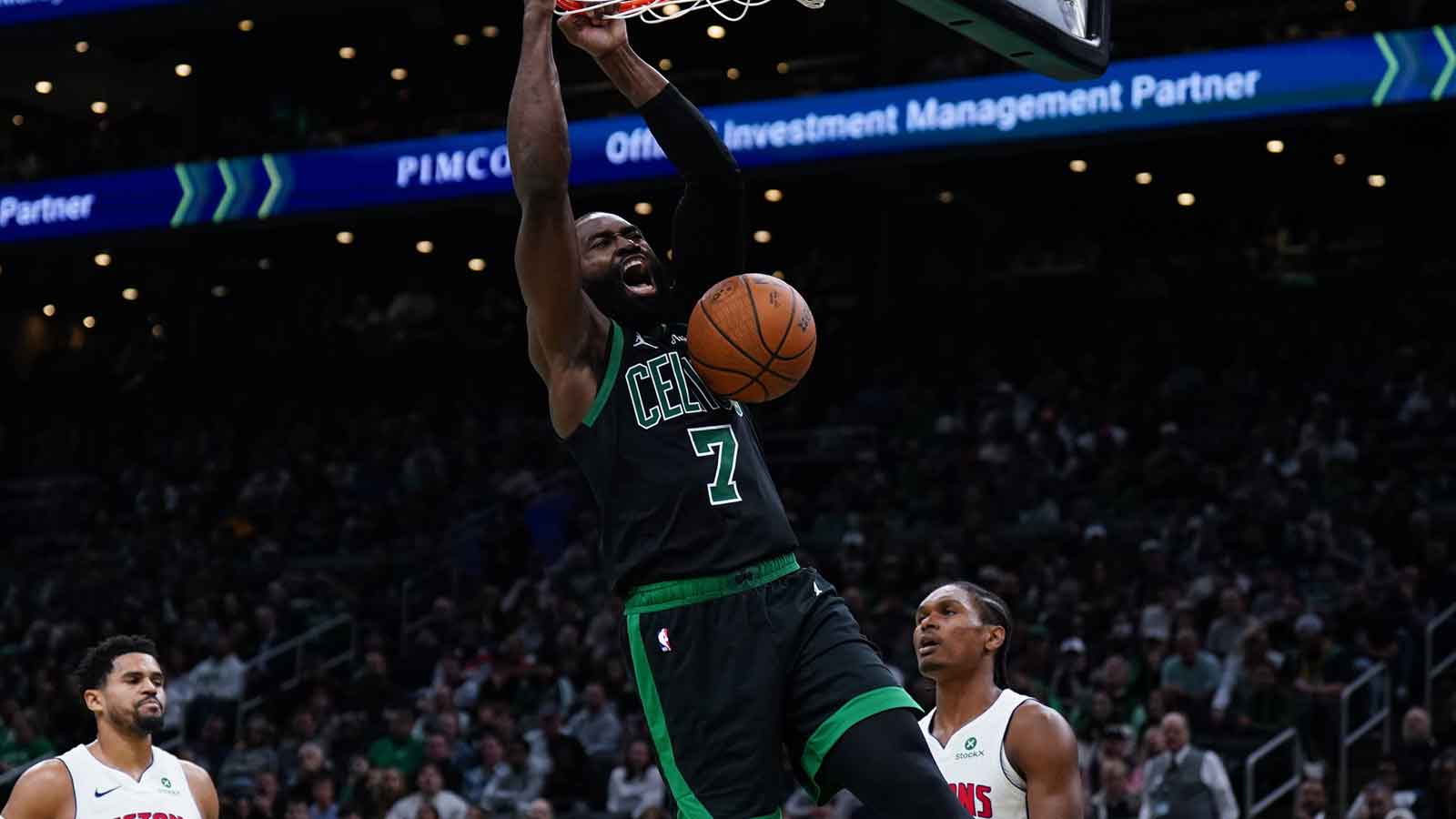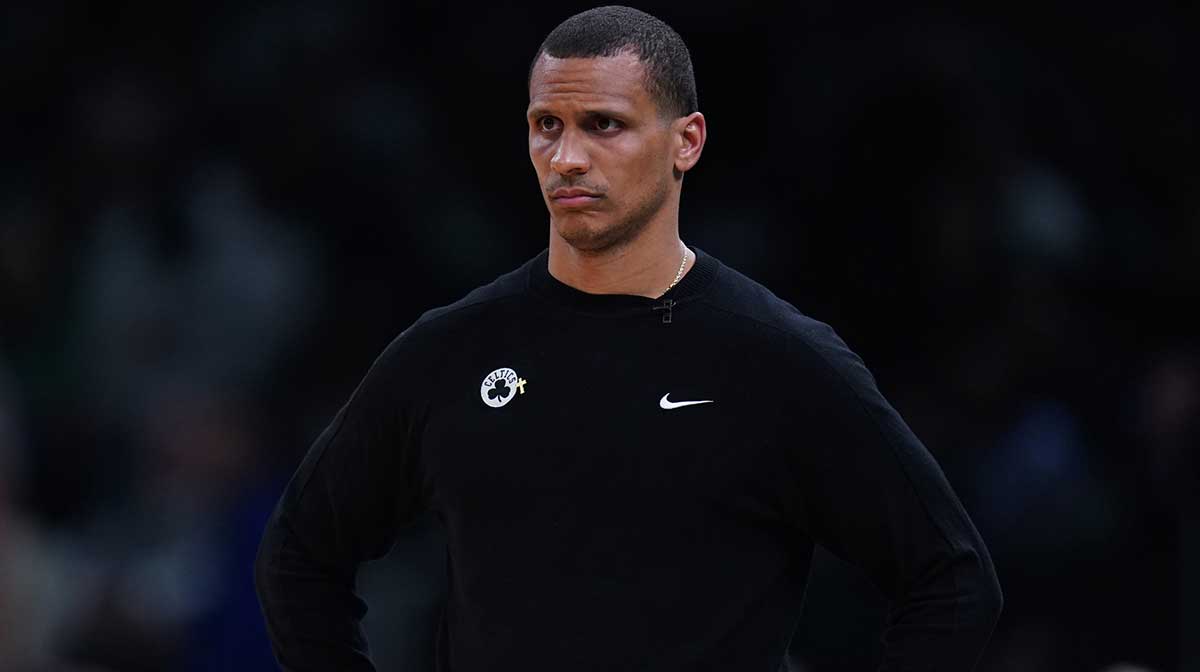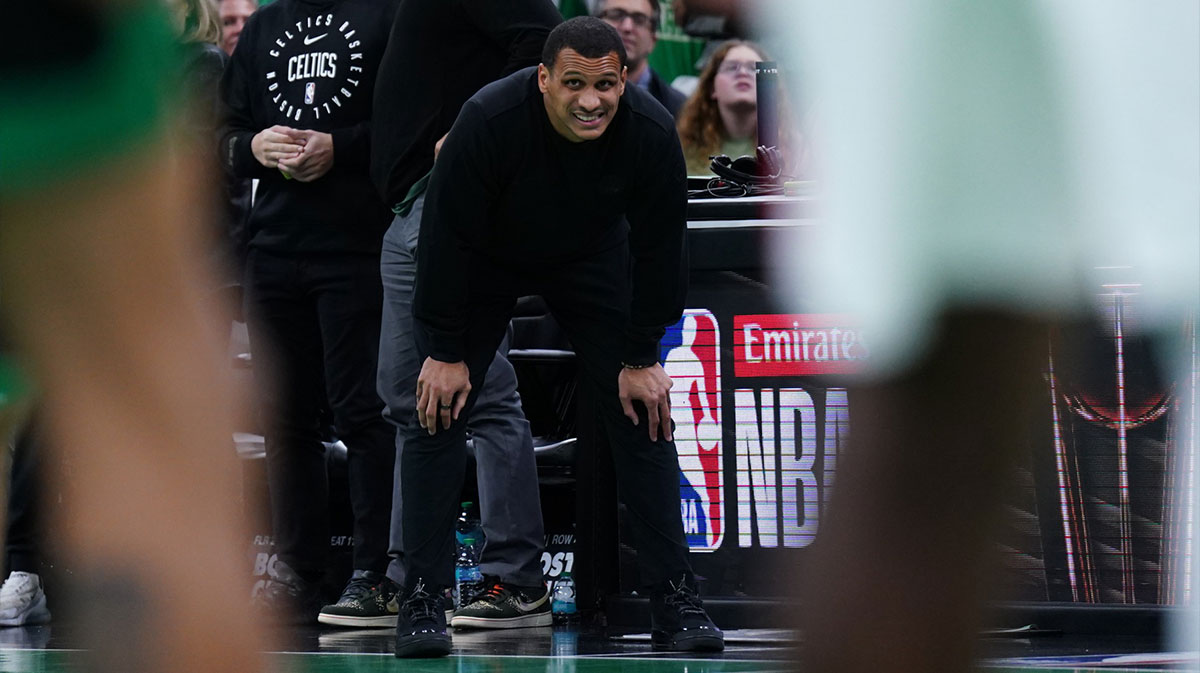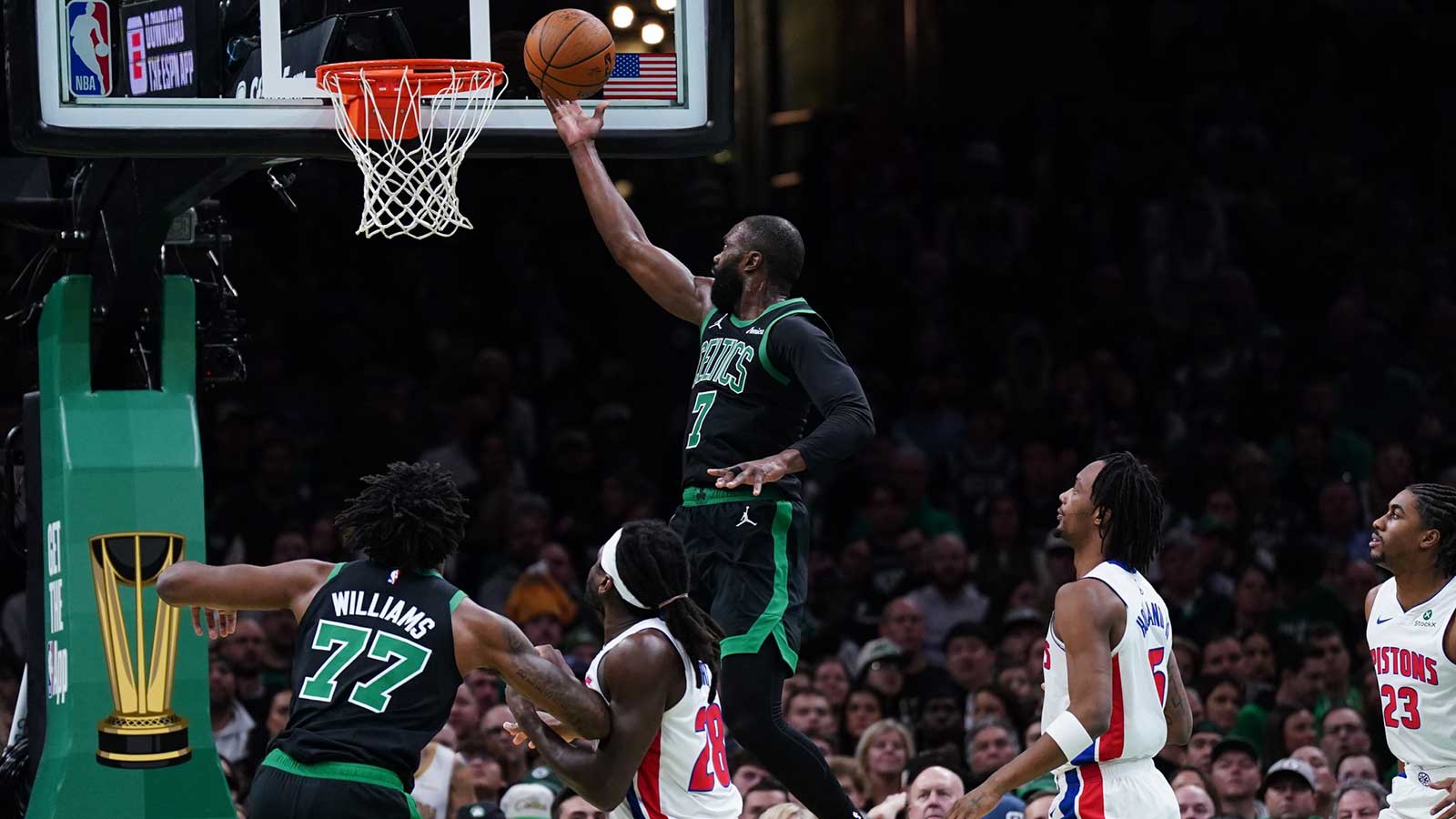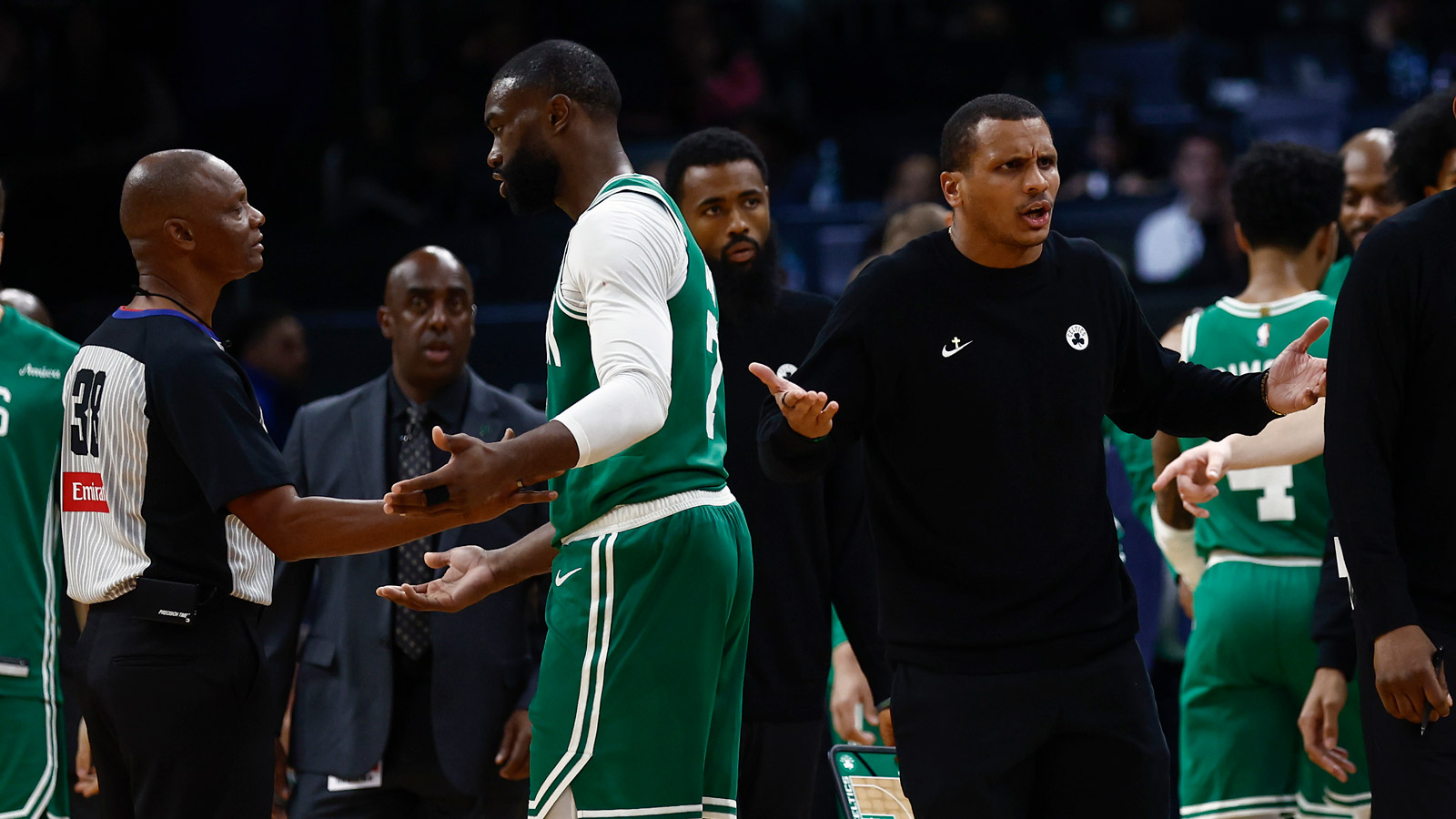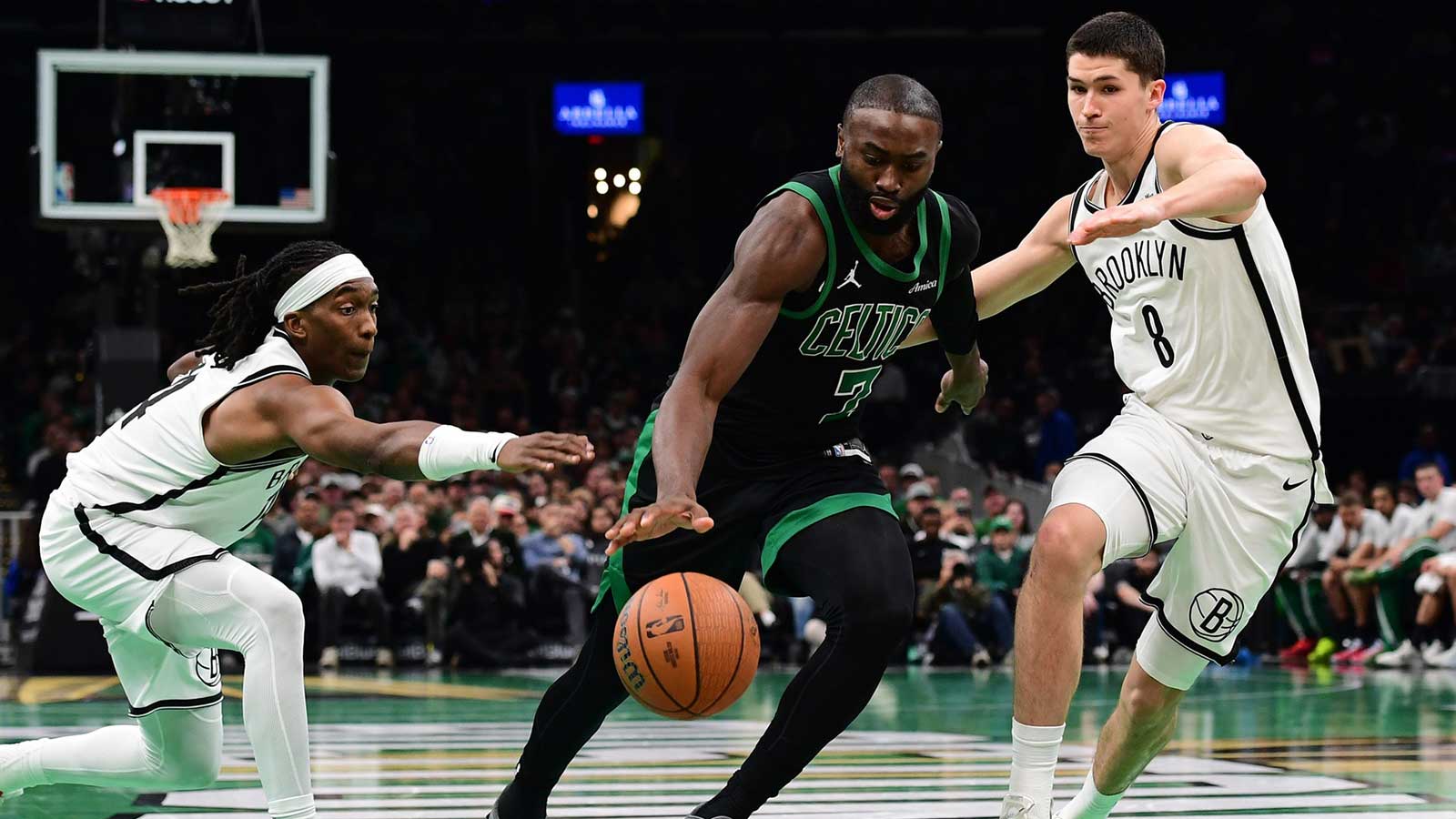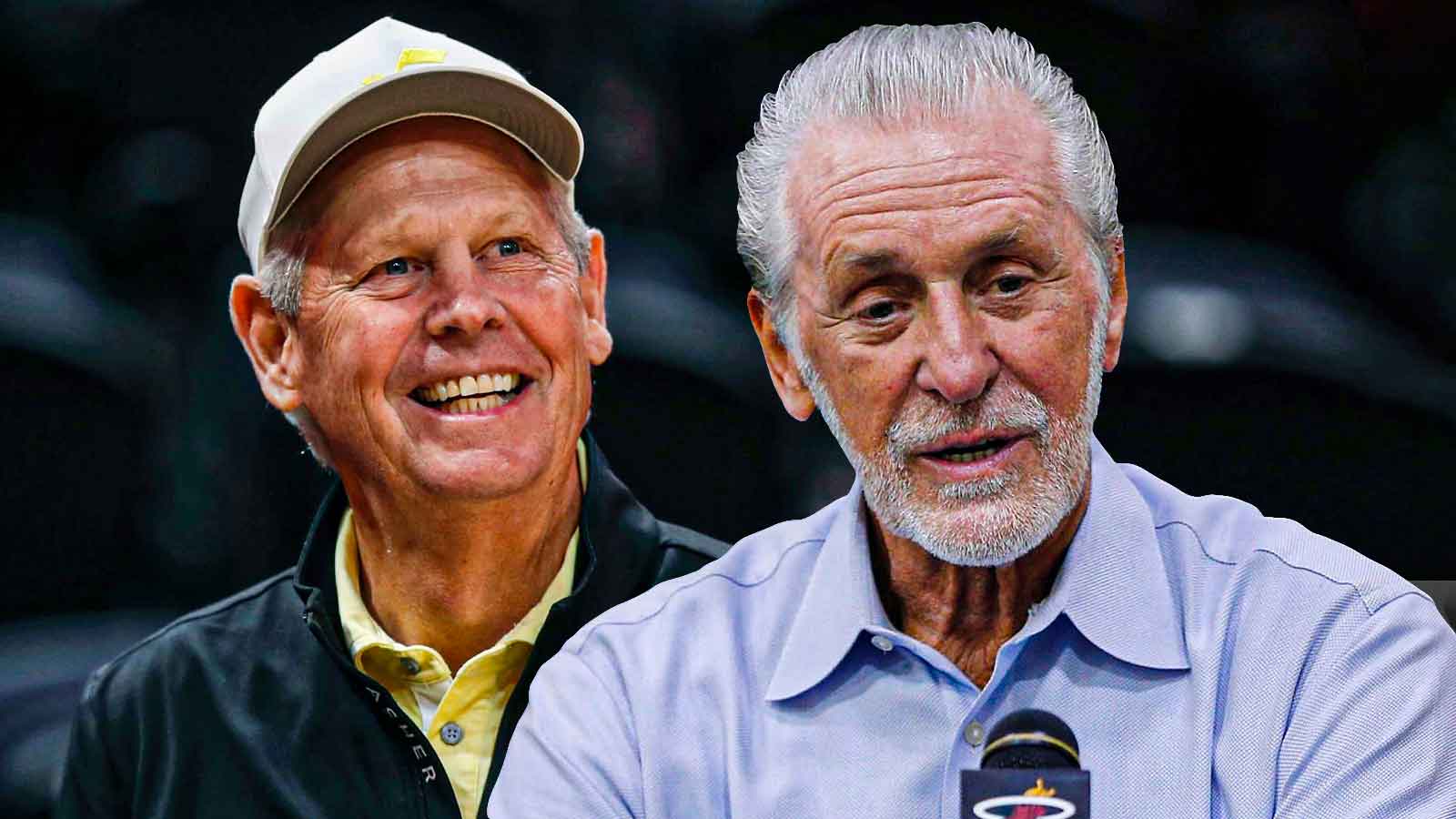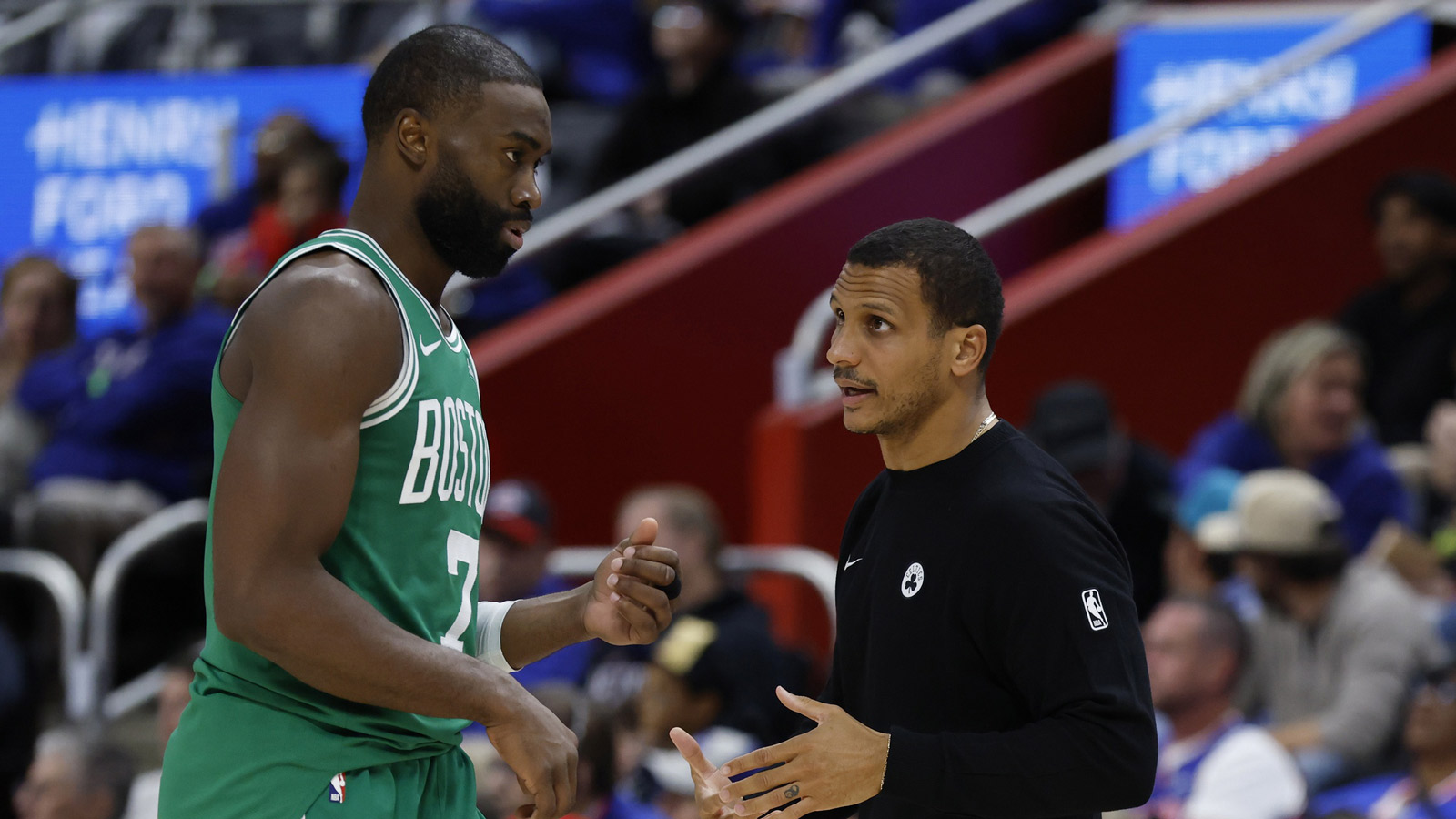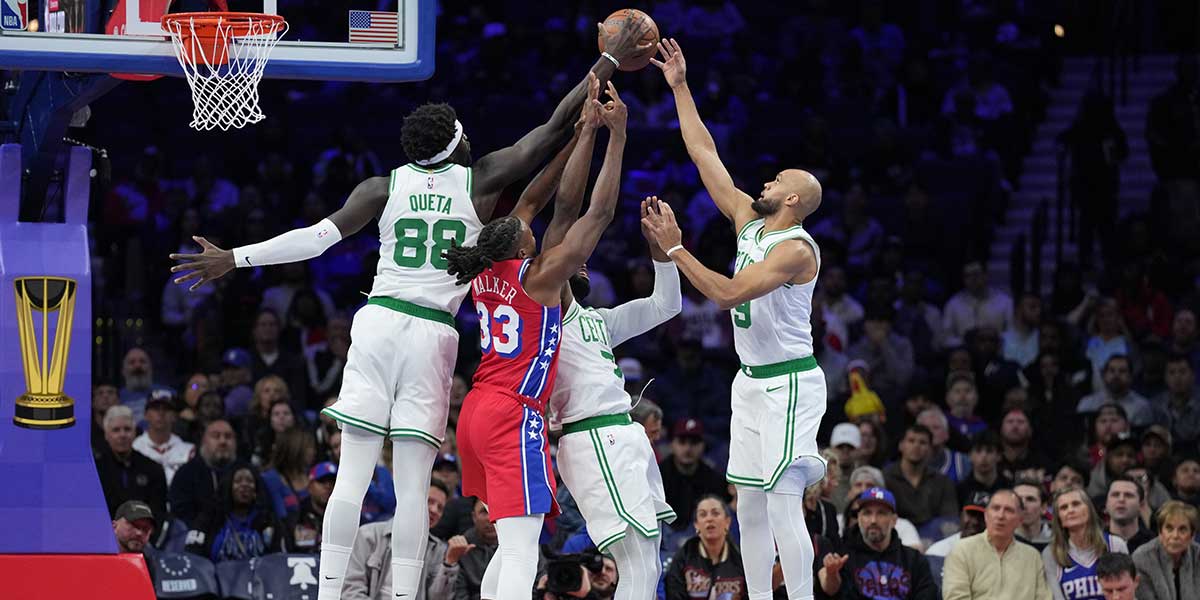The Boston Celtics face a daunting challenge heading into the 2025-26 NBA season. With Jayson Tatum sidelined by a devastating Achilles injury, the franchise’s championship window appears to be closing, at least temporarily. But the Celtics are not a team built for mediocrity, nor are they likely to accept a full teardown. Instead, Boston must get creative, using their remaining assets to retool and position themselves for a title run in 2026, when Tatum is expected to return.
The following three trade proposals are designed to keep Boston competitive, manage their financial constraints, and build a roster capable of contending for a championship the moment Tatum is healthy. Each move addresses a different need: cap flexibility, roster depth, and star power.
Jaylen Brown to the Brooklyn Nets
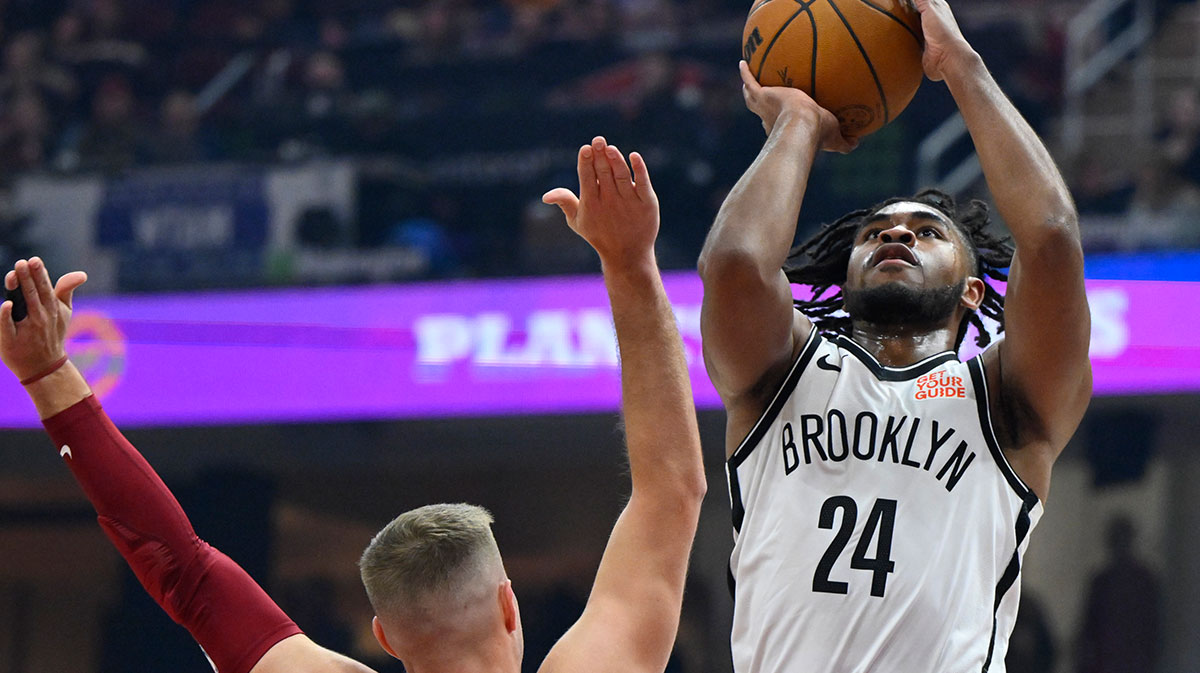
The first and most significant move Boston must consider is trading Jaylen Brown. Brown’s supermax contract is set to pay him over $53 million next season, escalating to nearly $65 million by 2028-29. With Tatum out, the Celtics are projected to be nearly $20 million over the second apron, severely limiting their flexibility to make further roster moves or trades. Moving Brown not only offers financial relief but also brings in valuable assets for the future.
Trade Proposal:
Celtics receive: Cam Thomas (sign-and-trade), Noah Clowney, the No. 8 pick in 2025, a 2027 first-round pick (via Philadelphia), and a top-5 protected 2031 first-round pick.
Nets receive: Jaylen Brown.
This trade is primarily about cap management and asset accumulation. While it unquestionably weakens Boston in the short term, it gives them multiple first-round picks and young talent to retool around Tatum when he returns. Cam Thomas is a promising scorer, and Noah Clowney is a frontcourt flier. The draft capital provides flexibility for further moves or to develop a new core.
Jrue Holiday to the Dallas Mavericks
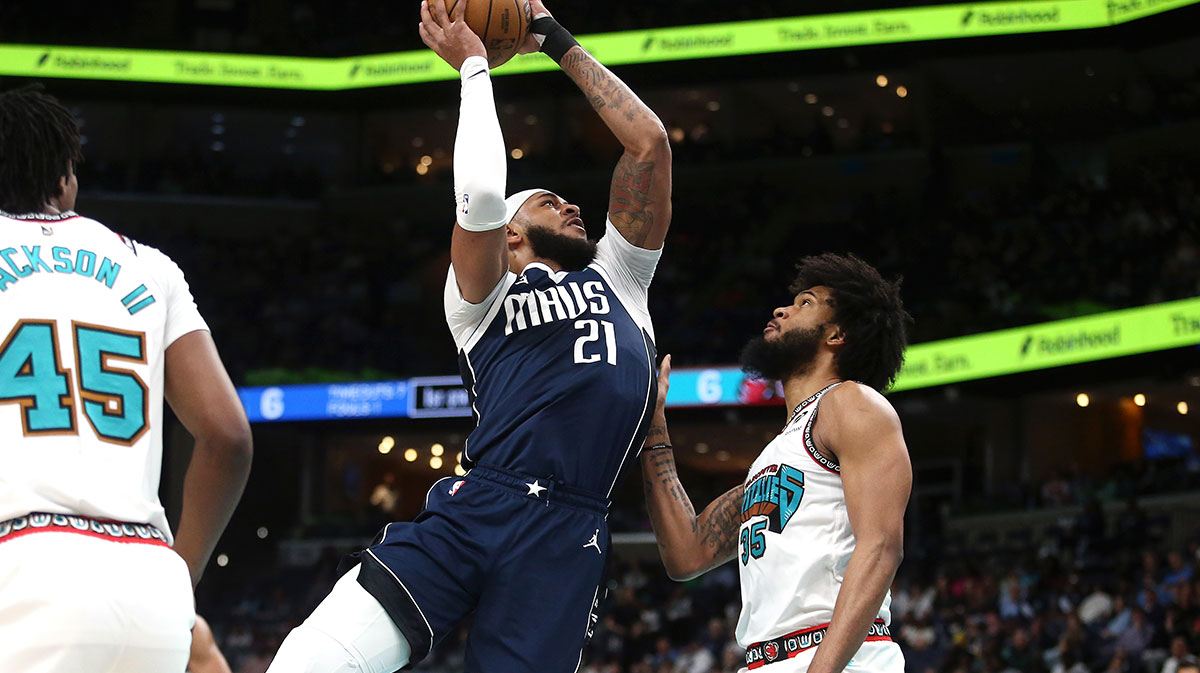
With Brown gone, the next logical step is to move Jrue Holiday. Holiday remains one of the league’s premier defenders and a proven playoff performer, but his $32.4 million salary is a luxury Boston can’t afford with Tatum out and the second apron looming. Dallas, facing their own injury issues with Kyrie Irving, could be a perfect trade partner.
Trade Proposal:
Celtics receive: Daniel Gafford and P.J. Washington.
Mavericks receive: Jrue Holiday.
Nets receive: Dwight Powell (player option), 2026 second-round pick (most favorable of Minnesota, New Orleans, New York, or Portland, via Boston).
This deal gives Boston two valuable rotation pieces on reasonable contracts. Daniel Gafford provides big-man insurance, especially with Al Horford aging and Kristaps Porzingis’ health uncertain. P.J. Washington can help absorb some of Tatum’s minutes on the wing and offers positional versatility. Both players are young enough to contribute now and fit into a future core alongside Tatum.
Kristaps Porzingis to the New Orleans Pelicans
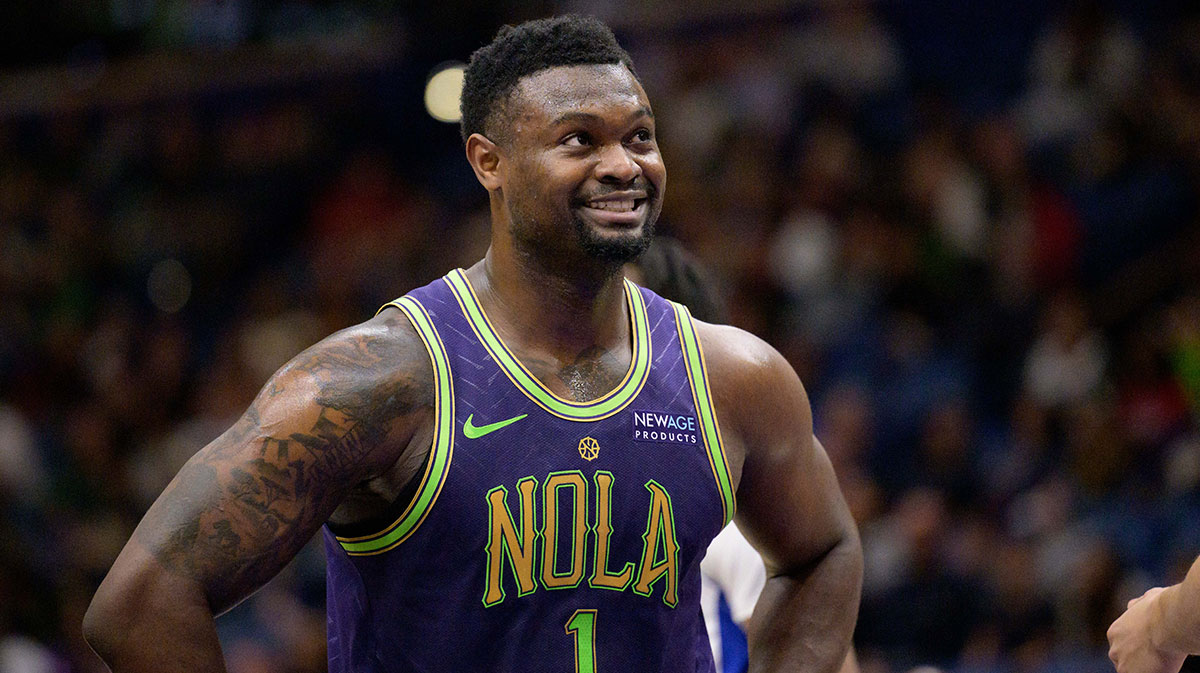
Trade Proposal:
Celtics receive: Zion Williamson, a 2026 pick swap with Milwaukee, and a 2029 first-round pick from New Orleans
Pelicans receive: Kristaps Porzingis
This trade is high-risk, high-reward. Zion Williamson is one of the NBA’s most polarizing stars, with All-NBA talent but a checkered injury history. If Boston wants to maximize their upside, they could acquire Zion and hope for a resurgence. Alternatively, the Celtics could waive Williamson before his July 15 guarantee date, using the move to clear Porzingis’ salary entirely and drop below the luxury tax. The additional draft assets from New Orleans would help Boston rebuild depth and flexibility for the 2026 season and beyond.
These three trades would fundamentally reshape the Celtics’ roster and salary structure. In the short term, Boston would take a step back, likely missing the playoffs or fighting for a play-in spot in 2025-26. However, the long-term benefits are clear. By shedding massive salaries and accumulating young talent and draft capital, the Celtics would avoid the punitive repeater tax, regain roster flexibility, and set themselves up for a quick turnaround.
When Tatum returns for the 2026-27 season, Boston could deploy a core of young, athletic players supplemented by multiple future first-round picks. The flexibility to make additional trades or signings would be restored, and the team could once again chase a championship with Tatum at the helm and a new supporting cast.
With these bold moves, Boston would send a clear message to the league, the Celtics are never content with standing still. By prioritizing flexibility, youth, and future assets, the team can weather Tatum’s absence and re-emerge as a powerhouse. The road to Banner 19 may detour, but with smart management, it’s far from closed.
The Celtics’ front office faces tough decisions, but with bold moves, they can turn a lost season into a launchpad for future success. The 2026 NBA title remains within reach—if Boston is willing to embrace change and bet on its ability to rebuild around Jayson Tatum.

